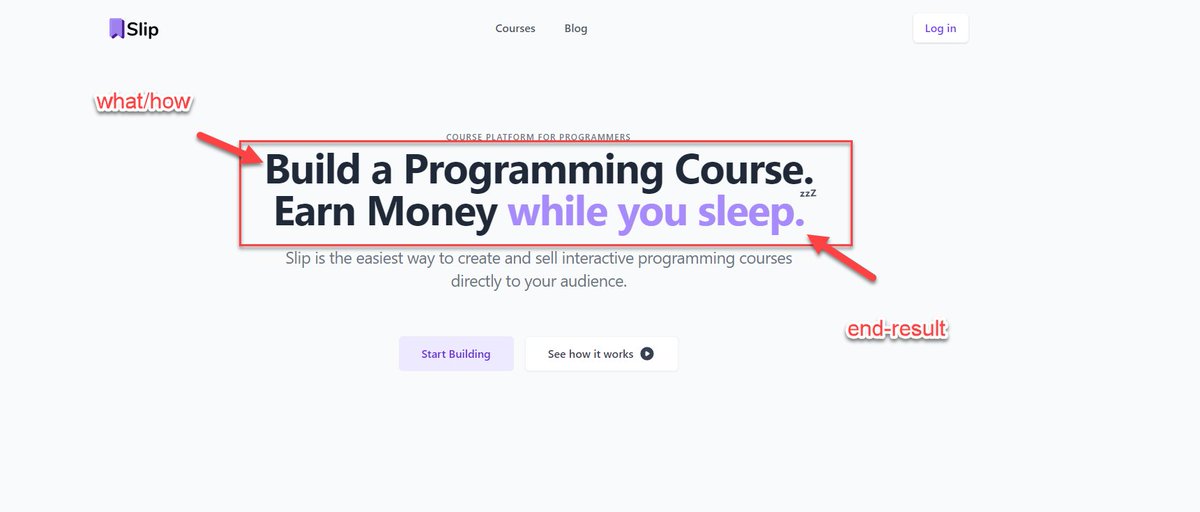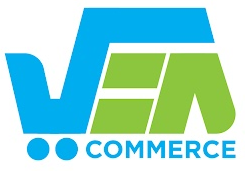
Let’s Talk About Unique Value Proposition (UVP)
A Unique Value Proposition (UVP) is one of the most crucial elements to your success when selling online – especially in today’s crowded and noisy marketplace. Analysis shows that almost every business or product on the internet is an iteration of a similar concept/product. That’s why it’s so important for your business to have that one, unique differentiator that makes your product stand out from the thousands of competitors in your niche.
A winning UVP is valuable, unique, and different from the competition. It’s what will compel a customer to choose your product over all the others out there.
- A value proposition is a statement of how your product or service will benefit your customer.
- It clearly defines what you will do for your ideal customer and why you’re better than your competitors.
- Remember, it’s about the prospect and how they will benefit.
Research Your Target Audience

Customers are the lifeblood of every business. The largest enterprise company and the scrappiest startup have one goal in common: getting more customers. To do so, though, it’s important to know who they are. That’s why it’s crucial to discover your target audience.
Recent studies suggest that over a third of businesses struggle to design effective marketing campaigns, and half don’t know how to reach prospective customers. Finding your target audience is the first step to resolving these issues. Target audience data inform your products and services, pricing, marketing keywords, advertising choices, and design.
Your Target Audience is your pool of potential customers. It is the group of people who might be interested in your product or services. Finding your target audience is an essential step to effective marketing, product development, and the overall business strategy.
What is target audience analysis?
Target audience analysis involves describing your audience in terms of various demographics, including age and gender, as well as income, education, location, or psychographics like interests and opinions. Analyzing your target audience provides valuable insights for most business functions.
Identify Your Ideal Customer
Before developing your value proposition, you should identify the ideal customer for your product or service. A buyer persona is a great way to define and target your ideal customers. It represents the ideal customer for your product or service. Personas are different from your target audience. Target audience profiles analyze a large group of people, while personas are semi-fictional representations of your current and potential customers.
Research Your Competitors
Competitive analysis—also referred to as competitor analysis—is the practice of evaluating the landscape for competitive products, services, and companies. By conducting a competitor analysis, you can learn about the market, what’s working and not working for your customers or potential customers, and where there are areas of opportunity for your company. The knowledge you gain from the competitive analysis can then inform your product, marketing, and sales strategies and potentially your business strategy for the future.
Why do a Competitive Analysis?
Conducting a competitor analysis will help give you an edge over the competition. When you identify areas where your company is differentiated from or better than competitors, you can develop your product, marketing, and sales strategies to take advantage of this. You can also use the results from your competitive analysis to help define your company’s value proposition and inform your strategic planning for the future.
Understand Differences Between Features And Benefits To Create Your Unique Selling Points (USP)
The difference between features and benefits in marketing is often misunderstood. The two words are often used interchangeably, and while they have overlapping characteristics, they are not the same. Understanding the difference between the two can help you to create effective marketing strategies.
A feature is a part of your product or service, while a benefit is the positive impact it has on your customer.
When creating a product, it’s tempting to simply describe all the features it has. However, that won’t get you very far. Chances are, people won’t even remember what they read halfway through your description.
Let’s dig a little deeper on what are the main differences between a feature and a benefit.
When we define a feature, we refer to what our product has, such as:
- Emailing
- Easy management of user products
- Social media integration
- Support for custom languages
When we define a benefit, we refer to what our product does, such as:
- Save time on email management – Create an account, follow your clients and send them messages directly from your dashboard
- Great support – our team will answer within 24h
- More sales – with easy language management you can appeal to a larger international audience.
- The focus should be on
- what’s in it for them
- what they will get
- what they will feel after buying
- how they can benefit from buying your product
- what they will get if they take action
So when you think about your product, think about what it is doing for the customer. Is it going to save time? Is it going to make communication easier? What are the benefits? Once you can answer that, it will be much easier to define what your marketing message (UVP) should focus on.
Pro Tip: weave features with benefits.
Features tell visitors what/how. Benefits tell them why. What root issue is your product solving? Write that as your headline. Example: @KennethCassel‘s Slip.

How To Create UVP
- First ask yourself: What value do you deliver that’s unique to your product or service? “Unique” means different than your competitors. It can be anything from specially trained staff, unique certifications, or a proprietary process. Staying “different” is key to your success. You may think you’re different, but if your competition doesn’t – you’re not. Your customers and prospects know what’s out there, so make sure your UVP states why you’re different.
- Second, identify how you deliver that value. This is the “how”. How do you educate your customer? How do you deliver service or product? How do you differentiate in quality, turnaround time, or price?
- Third, identify your Ideal Customer.
- Fourth, identify your USPs (unique selling points)
- Last, develop the UVP into an emotional brand promise with USPs (unique selling points). Your UVP should move from selling to educating and empowering your prospect. It shifts the spotlight from the product or service to the experience of the customer.
- Checkout out Sumo, 26 Powerful Value Proposition Examples That Convert Visitors for more insight
